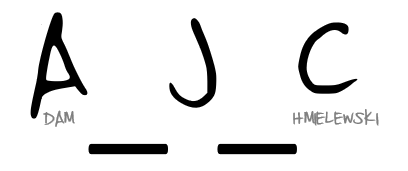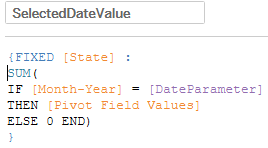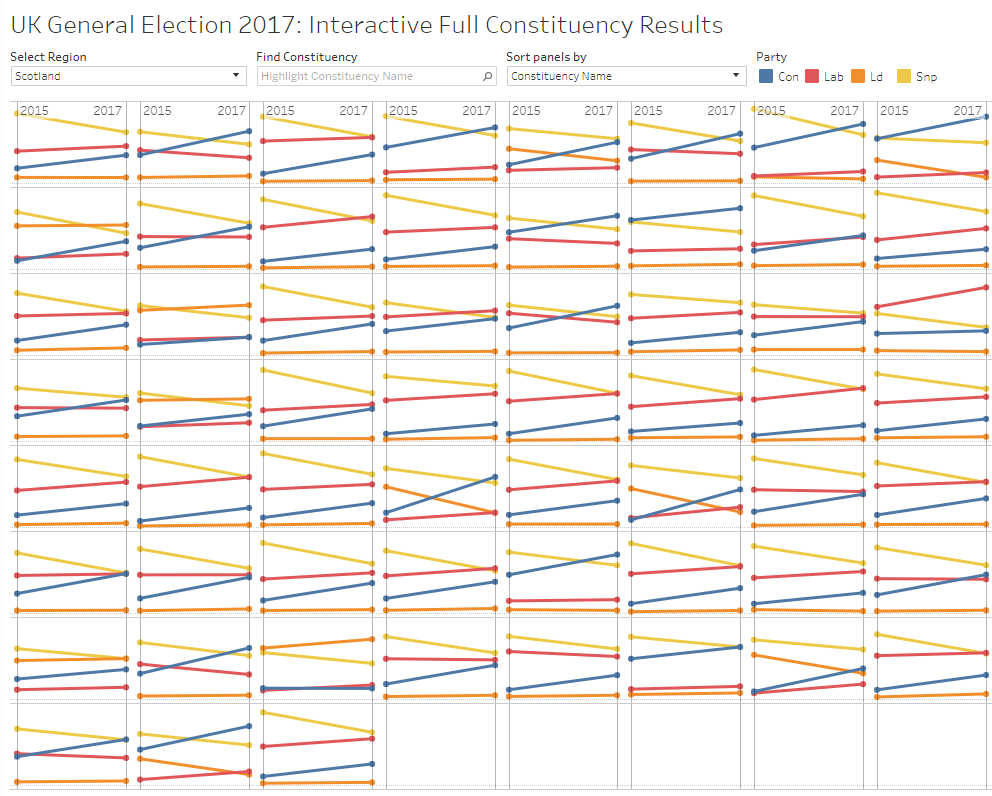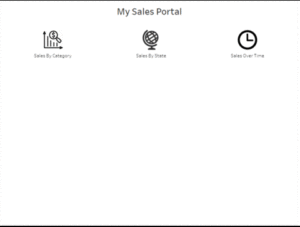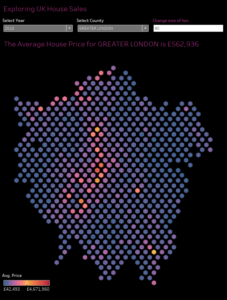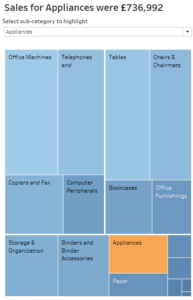This may end up becoming an entire series of posts of The Importance of…
Understanding. What I mean by this is the importance of understanding what’s actually happening. In terms of data, take Tableau. Tableau is a wonderful data visualization tool. One that’s incredibly easy to get started with. But, there comes a point where users can get frustrated because the computer/software “just won’t do what I want it to!”
This is where the lack of understanding of what’s happening really becomes painful. As I myself tackle more of the complex and advanced features of software like Tableau, I’m having a lot of the ah-ha moments. As I work through problems, read blogs, and attempt to recreate what I’m seeing out there in the world – I’m finding a deeper understanding for what the software is actually doing, capable of doing, and where the software can do something – but then knowing that it’s really not designed for that and there may be a better way.
As an example, I recently recreated some of the work @jonathandrummey and @rodyzakovich outlined around the ideas of Filters As Parameters by means of scaffolds of data. The concept is to replicate data so that no matter what you do, there is always something present in the viz. This is a fundamental concept in Tableau. If an item is present in the viz, you can interact with it. However, when you filter something out – it’s no longer there and you can’t use it. Makes sense, right? So the ‘hack’ is to replicate the data so that you can filter something out – and still have it available.
This is the point of understanding. By thinking clearly about the problem and combining with understanding of how something works, you can create a massively powerful solution – one that wouldn’t be available without the knowledge.
